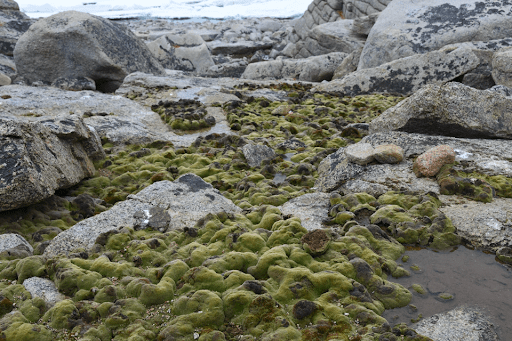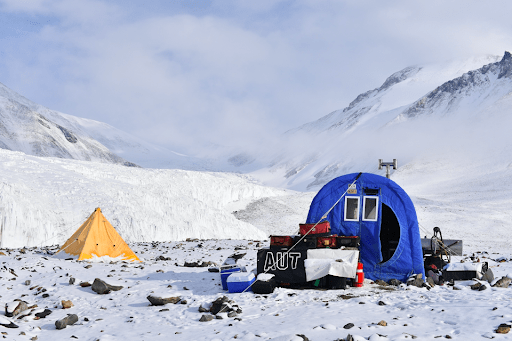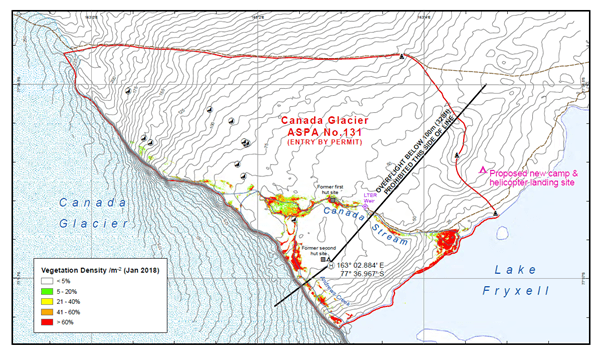

An example of the power of remote sensing for conservation research can be seen through the work of Associate Professor Barbara Bollard, of Auckland University of Technology (AUT). Bollard is quite familiar with the richness of data that can be provided through remote sensing, with over 20 years of experience spanning geospatial science, ecosystem management, and spatial ecology in Australia, New Zealand, and beyond. Her research has focused on the identification, selection, and environmental monitoring of Protected Areas. She relies on remote sensing techniques to map habitats and landscapes for conservation planning and then integrates social data with environmental and biological information using decision support systems, multivariate statistics, and GIS.
Bollard and her DroneLab team are currently developing novel methods for advancing the science of high-resolution remote sensing in some of the world’s most extreme climates. In order to successfully map in harsh environments, drone capability and sensor reliability, and durability are essential. This holds especially true for DroneLab’s work in Antarctica, mapping Antarctic Specially Protected Areas (ASPA).
This project began in 2014, with the team’s first task of finding a drone capable of flying without a compass for navigation (magnetic compasses do not work properly at high latitudes) and able to operate in extreme cold and high wind. No such drone existed on the market, so Ashray Doshi, UAS Engineer of AUT DroneLab, built a custom drone instead. Next came the sensor selection. The team tested many RGB and multispectral sensors with varying degrees of success. In 2017, they started to use the MicaSense series RedEdge for multispectral. The sensor’s reliability has since earned RedEdge its place as the team’s multispectral sensor of choice. RedEdge is still the only sensor they could consistently rely on to perform in the bitter cold of the Antarctic, completing missions in temperatures as low as -20?.
With a full UAS assembled and operational, the DroneLab team was able to start mapping where native moss and cyanobacteria were located and their density. This information greatly improved the conservation maps of these Protected Areas, which previously just based vegetation information on fieldwork. New maps now accurately delineate where moss and cyanobacteria are located so that researchers can track vegetation growth or degradation over time. The detailed maps can even be used to inform where designated walking paths for researchers will have the least impact on the already fragile environment.


The vegetation maps done by Bollard and the DroneLab team offer fellow researchers a much more accurate and comprehensive record of the vegetation in ASPAs, and the opportunity to update these maps much more frequently than ever before. Somewhat surprisingly, the drone-based vegetation maps showed that there was less vegetation in the areas surveyed than originally expected. This is of concern for conservation efforts. Barbara and her team will continue to fly for many more seasons to come, offering important time-series data to monitor vegetation growth and best inform where conservation efforts can be utilized.







